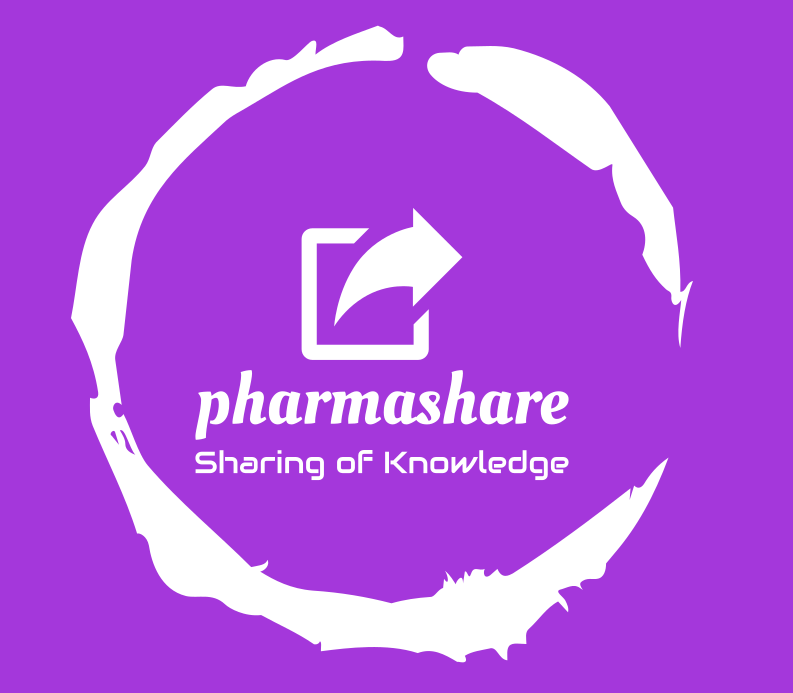Alternate Vendor development for existing material shall be initiated through the Change control procedure. Supply chain / purchase team on its own or on the recommendation of Technology Transfer team / R&D / Production shall identify the vendor for existing material. Supply Chaim (SCM) / purchase Team shall initiate queries with the prospective vendors for their capability, to meet specifications, documented transparency of supply chain, supply history. Documents shall be arranged. Sample(s) received from the vendor shall be tested against approved specification for compliance, functionality related characters equivalence and Technology transfer team identified vendor shall be included in Provisional vendor list for further trial / validation / stability study.
Where, variation filling or pre-approval for change in source (Alternate vendor) is required, Regulatory / Qualified Persons shall be informed and upon variation approval, alternate vendor shall be included in Approved Vendor for commercial use.
Good business and manufacturing practices:
The Company’s success is primarily the result of its adoption of good business and manufacturing practices, particularly in the areas of product identification and formulation technology.
Potential for competitive pricing:
Balance cost to remain competitive by having higher private sector prices and very low public sector prices.
Strategic planning:
Create an enabling environment for vertical integration, with prospects for higher capacity utilization and eventual lowering of production costs.
Strong economy and environment:
For technology transfer to be successful their needs to be supportive business and scientific environment in the recipient country, and that environment should include skilled workers, economic and political stability, supportive regulatory environment, market size and potential and a well developed national infrastructure of natural resources and transport.
Transparent and efficient regulation:
Pharmaceuticals are necessarily a high regulated industry and the regulatory function must be efficient and transparent for technology transfer to be economically viable.
Opportunities for contingency supply:
Multinational pharmaceutical companies are inclined to transfer technology to local manufacturers with the potential to receive when they foresee an inability to meet time scales and volume demand from large procurers.
Access to new machinery, training, knowhow and business partnership:
This makes the prospect of technology transfer very desirable to pharmaceutical manufacturers since the technology, equipment, etc. could be applied profitably beyond the initial purpose.
